
Claire B. Shaeffer, an expert in couture sewing techniques, shares her method for sewing darts. The key element for sewing flat, smooth darts is the addition of a balance strip on the wrong side. By balancing the dart, the dart’s intake won’t create an impression on the garment’s right side.
Prepare the dart
Mark the dart legs with thread tracing. Also mark any match points at the center and ends, and the dart’s foldline. Fold the dart along its foldline, and begin pinning it at one end, and check that you’ve accurately matched the dart legs and points.
Baste the dart with a long running stitch.
Add the balance strip
The balance strip can be self-fabric or interfacing of a weight suitable to the garment. Cut a bias strip about 2 inches wide by the length of the dart plus 1/2 inch at each end, and make a light crease along the lengthwise center.
Pin the strip to the dart, aligning the crease along the dart’s basted stitching line. The balance strip will curve slightly. Hand-baste the strip to the fabric along this line. Press lightly over the basting.
Machine-sew the dart starting at one end, on the balance strip. When you reach the dart’s deepest point, usually at the center, stop with the needle down and pivot. Then continue stitching the remainder of the dart. Sew off onto the bias strip. Then remove the basting and thread tracing.
Complete the dart
Press the work flat. Then press the dart over a pressing ham, with the dart’s intake in one direction and the balance strip in the opposite direction. The folded strip’s two layers balance the dart’s intake. Turn the work with right side up, and press again.
This process ensures that…























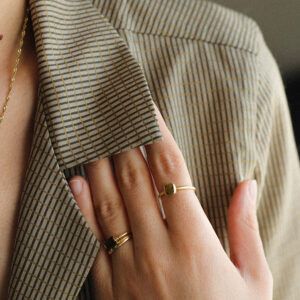
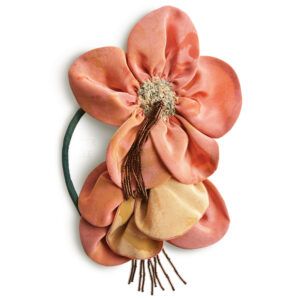
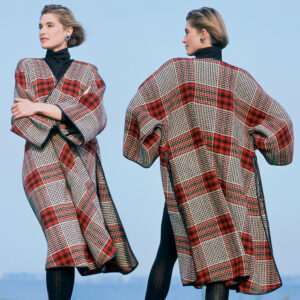
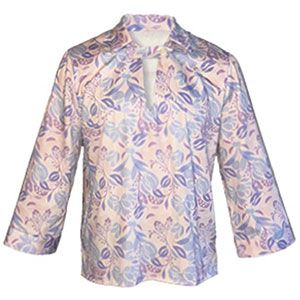
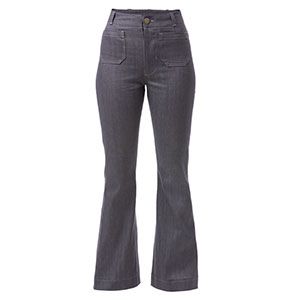
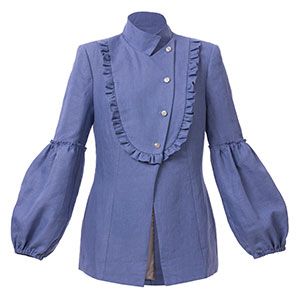
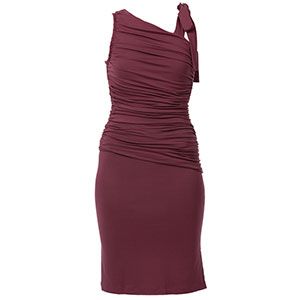
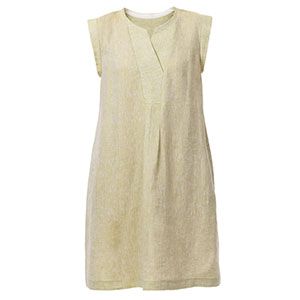
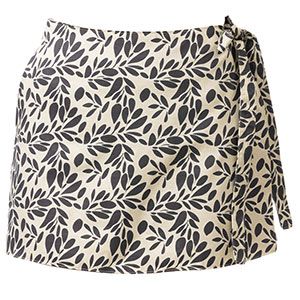


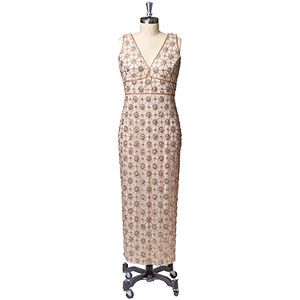

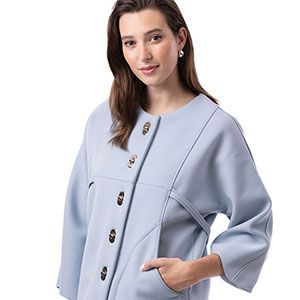
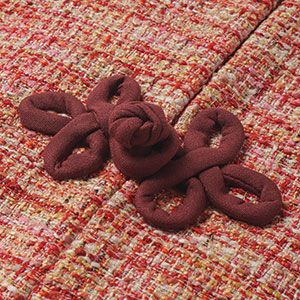









Great information! I've never seen this process before. Thanks for sharing.
Excellent info and filming... thank you.
Claire is amazing, I’ve been doing garment construction for 55 years. The tips and tricks she has shared addressed many fine detail issues I haven’t been happy about using pattern instructions. I watched these all in one sitting.